Angina
Angina is a symptom that occurs when the heart doesn’t get enough blood. It is brought on by exertion and is classically left sided chest pain which is “heavy”, “tight” or “like an elephant sat on the chest”. It may spread to the arms, neck or jaw. However, it can vary patient to patient. It can be located anywhere in the chest and sometimes, it is not chest pain but is breathlessness or tiredness. Although angina varies between patients, it rarely changes in an individual unless they have had coronary bypass surgery or are diabetic.
The most common cause of angina is where blockages have developed in the arteries that supply the heart with blood. This is known as coronary disease. Apart from exertion, angina can be triggered by factors which reduce the blood supply to the heart such as anaemia or which make the heart work harder such as cold and windy weather.
Stable Angina
When angina is stable, it occurs after the same amount of exertion each time and goes quickly with rest. For instance, some patients may not get it when walking on the flat but it comes on when climbing the stairs or going up an incline. GTN, a drug administered under the tongue as a spray or tablet provides rapid relief.

Unstable Angina and Heart Attacks
Sometimes, angina occurs with less exertion or it occurs at rest. This is known as unstable angina. Unstable angina is important because it may precede a heart attack. Urgent medical attention should be sought.
It is important that patients can distinguish stable angina from a heart attack. When angina occurs, patients should rest and if it does not go quickly, GTN should be taken every 5 minutes until it is gone. If it is still there after 15 minutes regardless as to whether GTN has been taken, an ambulance should be called for as a heart attack is likely. Even if angina resolves before 15 minutes, help should be sought if the pain was more severe than usual.

Coronary Disease
In simple terms, this is caused by the deposition of fat in the walls of the coronary arteries. Remarkably, the first evidence for this is seen in childhood. However, significant narrowings and symptoms do not usually develop until middle age although patients with familial hypercholesterolaemia present earlier.
The long time interval between onset of disease and onset of symptoms is an opportunity to prevent the disease from progressing.
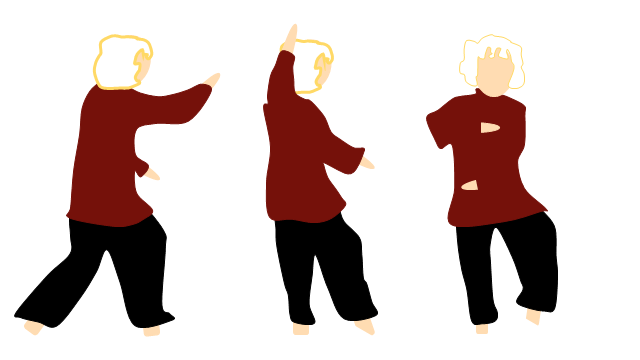
Primary Prevention
This is when measures are taken to prevent clinical disease from developing.
It is extremely important for smokers to stop.
With diet, it is best to replace saturated fats, whole milk and red meat with low fat spreads, vegetable oil, skimmed milk and white meat. A healthy balanced diet includes plenty of fruit, vegetables and starchy food. Being overweight should be avoided.
Exercise is also important and walking 30 minutes a day is a good start.
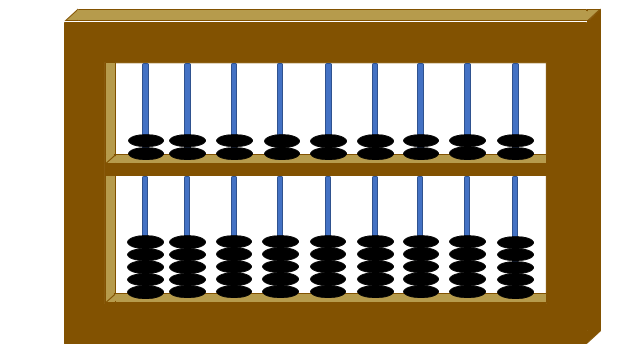
Primary Prevention & Statins
There are “cardiovascular risk calculators” which can estimate an individual’s risk e.g qrisk.org. These are not precise. For instance, if there are a 100 people with a 10% risk over 10 years, it would not be possible to identify the 10 that will develop disease and the 90 that won’t. However, the calculators can also estimate the benefits of stopping smoking, taking a statin, treating high blood pressure etc as well as the chances of statin side effects occurring and all this information can help people decide what preventative steps they want to take.
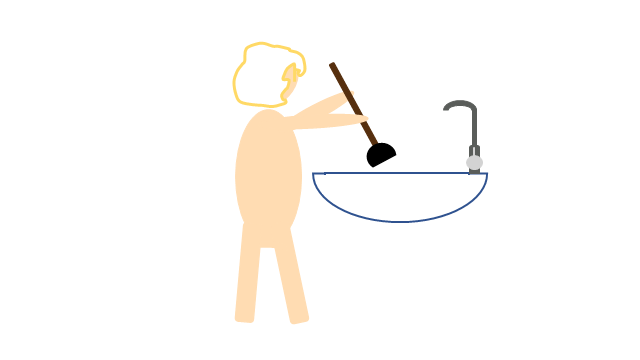
Secondary Prevention
When the sink is draining slowly, the drainage pipe is at least 75% blocked. Similarly, when angina develops in coronary disease, this indicates a significant narrowing.
Secondary prevention is when treatment is given to prevent clinical disease from getting worse e.g. to prevent heart attack or death in someone with angina.
In this situation, the use of risk calculators is not appropriate as all patients are at high risk and all should be considered for aspirin, statins and other drugs such as ACE inhibitors.
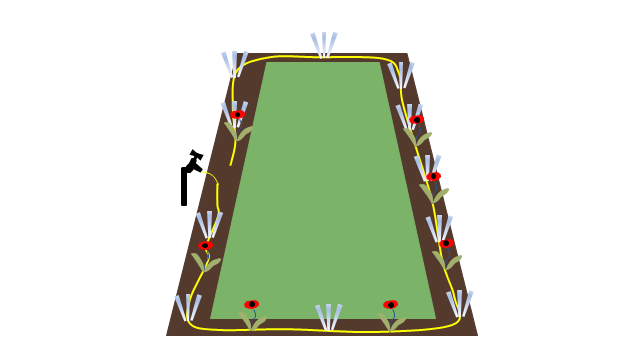
Disease Severity
If a soaker pipe becomes blocked, the number of plants at risk depends on how close the blockage is to the tap.
The heart has 3 coronary arteries and investigations such as cardiac catheterisation, coronary CT angiography and cardiac MR give information about the number and location of blockages as well as the amount of cardiac muscle at risk.
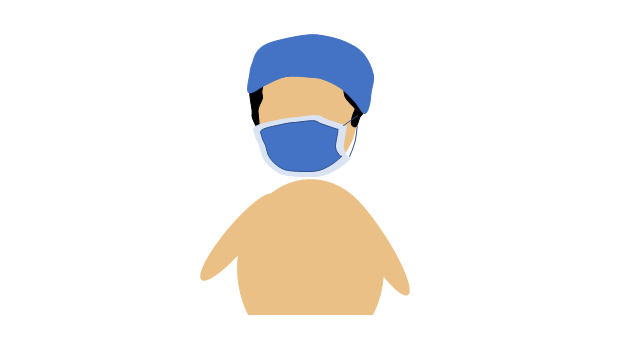
Treatment
In addition to secondary prevention, drugs are used to prevent angina. These include beta blockers and nitrates.
Stents can also be inserted in order to open up the coronary arteries for symptom relief.
Some patients may require coronary bypass surgery in order to live longer.
In summary, both coronary disease and angina can be prevented. If angina does develop, quick assessment is necessary to prevent heart attack and death.